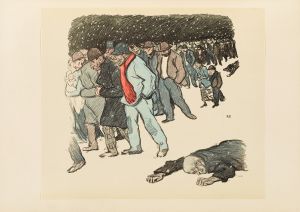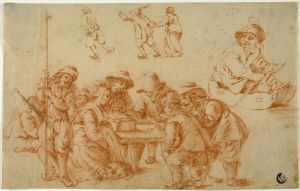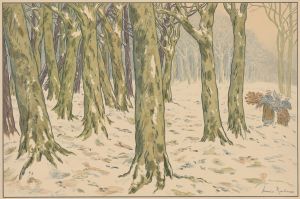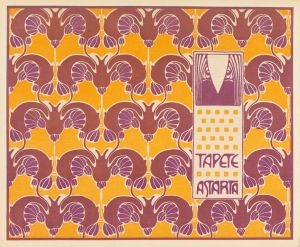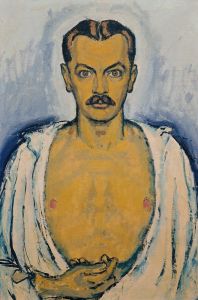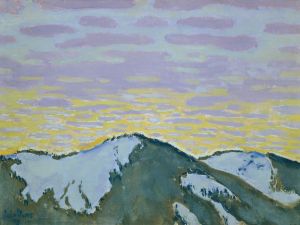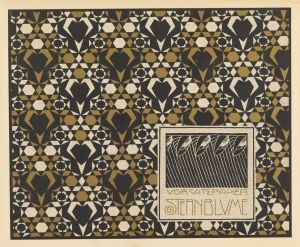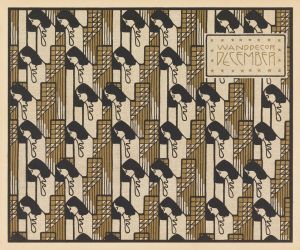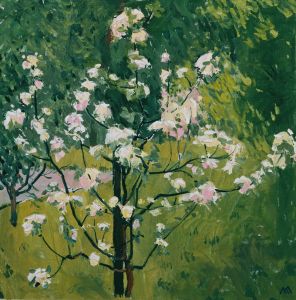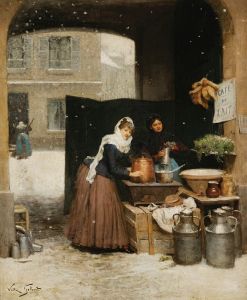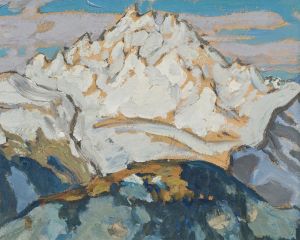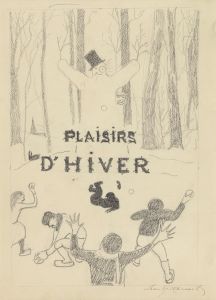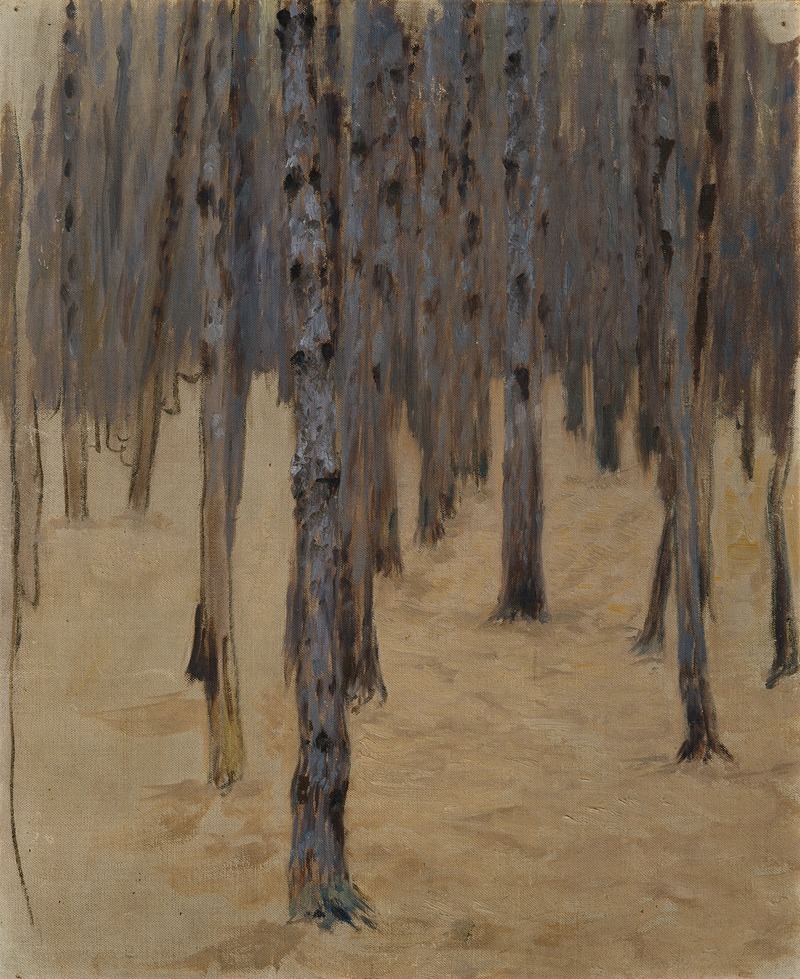
Nadelwald im Schnee
A hand-painted replica of Koloman Moser’s masterpiece Nadelwald im Schnee, meticulously crafted by professional artists to capture the true essence of the original. Each piece is created with museum-quality canvas and rare mineral pigments, carefully painted by experienced artists with delicate brushstrokes and rich, layered colors to perfectly recreate the texture of the original artwork. Unlike machine-printed reproductions, this hand-painted version brings the painting to life, infused with the artist’s emotions and skill in every stroke. Whether for personal collection or home decoration, it instantly elevates the artistic atmosphere of any space.
Koloman Moser was an influential Austrian artist and designer, known for his significant contributions to the Vienna Secession movement and the Wiener Werkstätte. Born in Vienna in 1868, Moser was a versatile artist whose work spanned various mediums, including painting, graphic design, and applied arts. He played a crucial role in shaping the visual culture of early 20th-century Vienna.
One of Moser's notable works is "Nadelwald im Schnee" (Pine Forest in the Snow), a painting that exemplifies his skill in capturing the serene beauty of nature. Although specific details about the painting's creation, such as the exact date or the circumstances under which it was painted, are not widely documented, it is known that Moser's work often reflected his interest in natural landscapes and his ability to convey mood and atmosphere through his use of color and composition.
"Nadelwald im Schnee" is characterized by its depiction of a tranquil winter scene, where a dense pine forest is blanketed in snow. Moser's use of color in this painting is particularly noteworthy; he employs a muted palette to evoke the quiet and stillness of a snowy landscape. The interplay of light and shadow in the painting highlights the texture of the snow and the form of the trees, creating a sense of depth and dimensionality.
Moser's approach to painting was influenced by his involvement with the Vienna Secession, a group of artists who sought to break away from traditional academic art and explore new forms of expression. The Secessionists were known for their emphasis on individuality and innovation, and Moser's work often reflected these principles. His paintings, including "Nadelwald im Schnee," demonstrate a departure from conventional techniques and an embrace of modernist ideas.
In addition to his painting, Moser was a prolific designer, contributing to the fields of graphic design, furniture, and textiles. His work with the Wiener Werkstätte, a cooperative of artists and craftsmen, further solidified his reputation as a leading figure in the decorative arts. The integration of art and design was a hallmark of Moser's career, and his ability to move seamlessly between different artistic disciplines was a testament to his versatility and creativity.
While "Nadelwald im Schnee" may not be as widely recognized as some of Moser's other works, it remains an important example of his artistic vision and his ability to capture the essence of the natural world. The painting reflects Moser's keen observation of nature and his skillful use of color and composition to create a harmonious and evocative image.
Koloman Moser's legacy continues to be celebrated for its impact on modern art and design. His contributions to the Vienna Secession and the Wiener Werkstätte have left a lasting influence on the development of modernist aesthetics. "Nadelwald im Schnee" stands as a testament to Moser's artistic talent and his enduring fascination with the beauty of the natural landscape.






